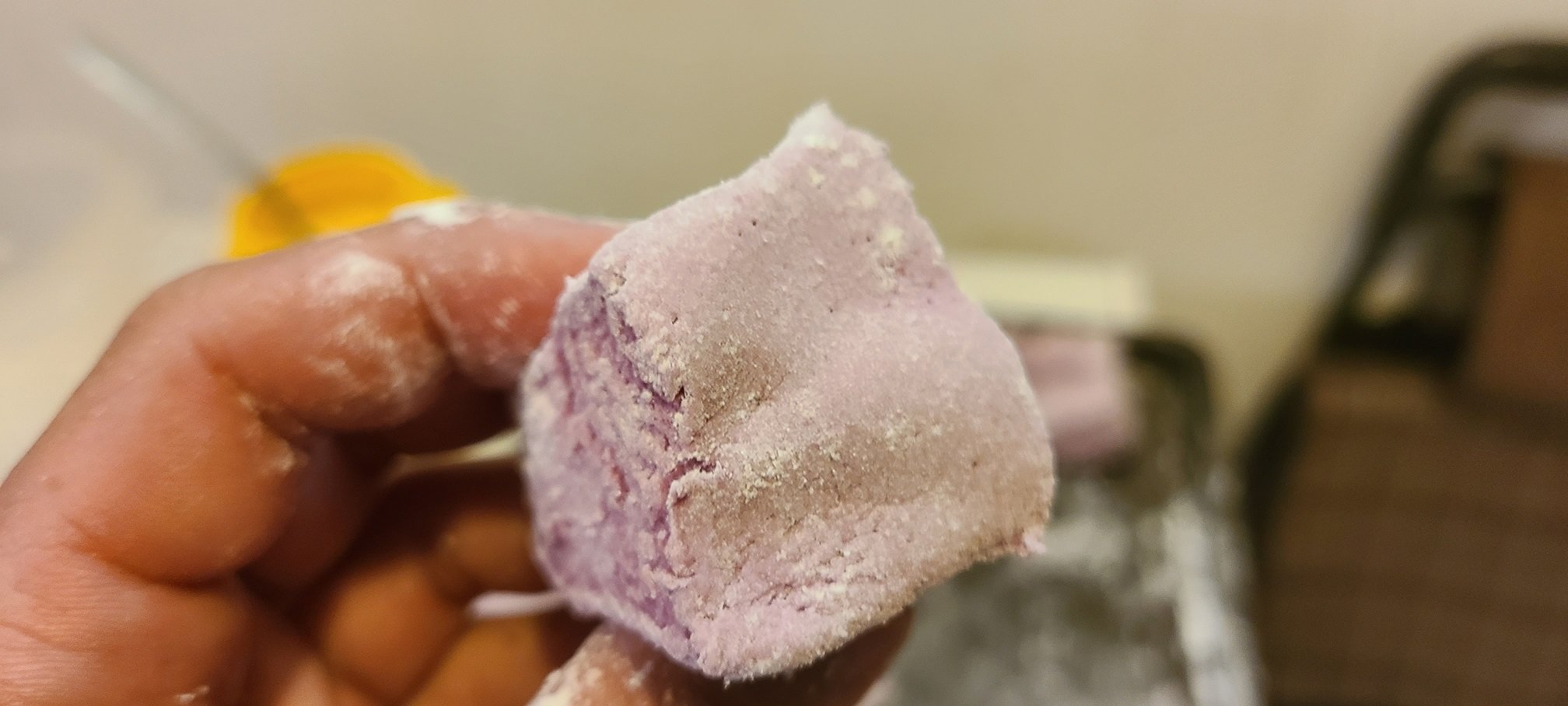INGREDIENTS:
SYRUP BASE:
- 1 cup invert liquid sugar syrup: light corn syrup, golden syrup, rice syrup, malt syrup, maple syrup, agave syrup, honey or other liquid sugar syrup of your choice
- 1 cup sugar or CRYSTALLIZED sugar substitute: white sugar, cane sugar, brown sugar, or natural sugar substitute i.e. Stevia or Monkfruit – DO NOT USED POWDERED FORM OF A SUGAR SUBSTITUTE
- 1/2 cup water or other flavored non-dairy liquid such as fruit juice, coffee, tea, wine, liqueur, spirit, etc. EXCEPT pineapple juice
BLOOMING BASE:
- 3 envelopes/TBSP powdered gelatin
- 3/4 cup water or other flavored non-dairy liquid such as fruit juice, coffee, tea, wine, liqueur, spirit, etc. EXCEPT pineapple juice
- 2 egg whites – OPTIONAL; see directions below
- 2 tsp vanilla or other extract (almond, lemon, orange, mint, etc.) – OPTIONAL
SUMMARY:
NON-EGG WHITE VERSION
- Bloom gelatin in liquid
- Boil syrup base ingredients together to 240 degrees Farenheit on a candy thermometer, the “Firm Ball” stage of candymaking
- Beat syrup into gelatin base until thick and fluffy, about 10-12 minutes
- Pour into oiled and dusted pan
- Let rest overnight to cure and set
- Dust, cut and store
EGG WHITE VERSION
- Bloom gelatin in liquid
- Whip egg whites into stiff peaks
- Boil syrup base ingredients together to 240 degrees Farenheit on a candy thermometer, the “Firm Ball” stage of candymaking
- Add softened gelatin to syrup base and stir to dissolve
- Beat syrup into egg whites until thick and fluffy to make an Italian meringue, about 10-12 minutes
- Pour into oiled and dusted pan
- Let rest overnight to cure and set
- Dust, cut and store
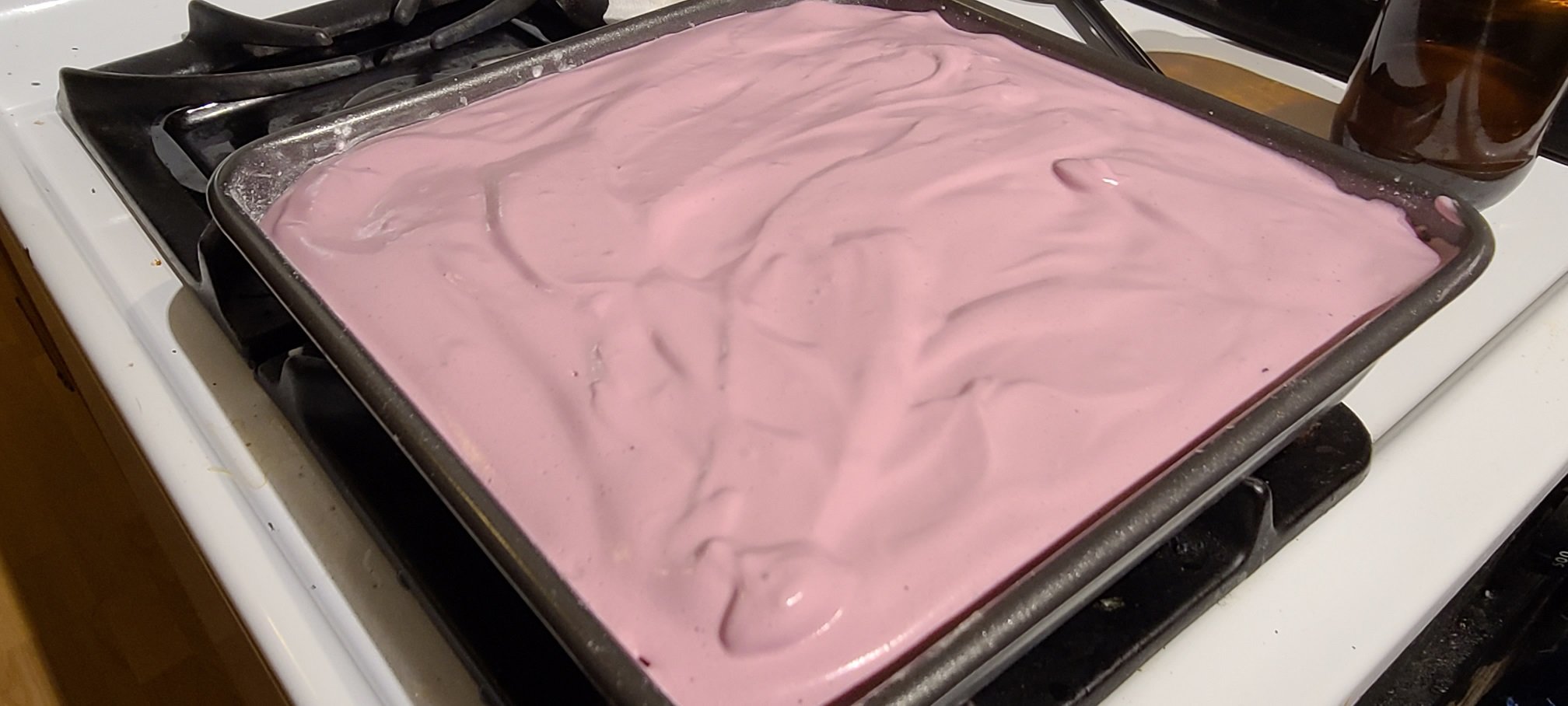
DIRECTIONS:
If using the egg whites, whip them to a stiff peak first in a large bowl using a stand or hand mixer and set aside.
In a large mixing bowl, soften the gelatin with the 3/4 cup water or other liquid. Set aside.
In a pot with high sides, dump in the 2 cups of your chosen sugars and the 1/2 cup of liquid and attach a candy thermometer to the side of the pot. Cook on medium-high heat until it reaches 240 degrees Farenheit which is the “Firm Ball” stage of candymaking. Your candy thermometer should indicate this. Turn off the heat and pull the pot off.
If you are not using egg whites, then carefully pour the hot syrup into the bowl with the blooming gelatin and mix with a hand or stand mixer. Start at low speed and then slowly bring the speed up so as not to splatter. As you mix, the syrup will change color and increase in volume as it simultaneously cools down and traps air and starts setting. When the bowl is cool to the touch, add in the final extract if you’re using it and keep mixing until fully incorporated.
If you are using egg whites, the process is slightly different. First, dump the softened bloomed gelatin into the pot with the cooked syrup and stir rapidly to dissolve. Be careful, the syrup will bubble up because of the relatively cool gelatin mixture hitting the hot syrup. It would be similar as to when you pour cream into a hot syrup to make caramel.
Start whipping the egg whites again and then slowly drizzle in the hot gelatin and syrup mixture. This is the same technique a baker would use to make an Italian meringue and a candymaker would use to make marshmallow fluff if there weren’t an addition of any gelatin. Again, the mixture will increase in volume as it simultaneously cools down and traps air and starts setting. When the bowl is cool to the touch, add in the final extract if you’re using it and keep mixing until fully incorporated.
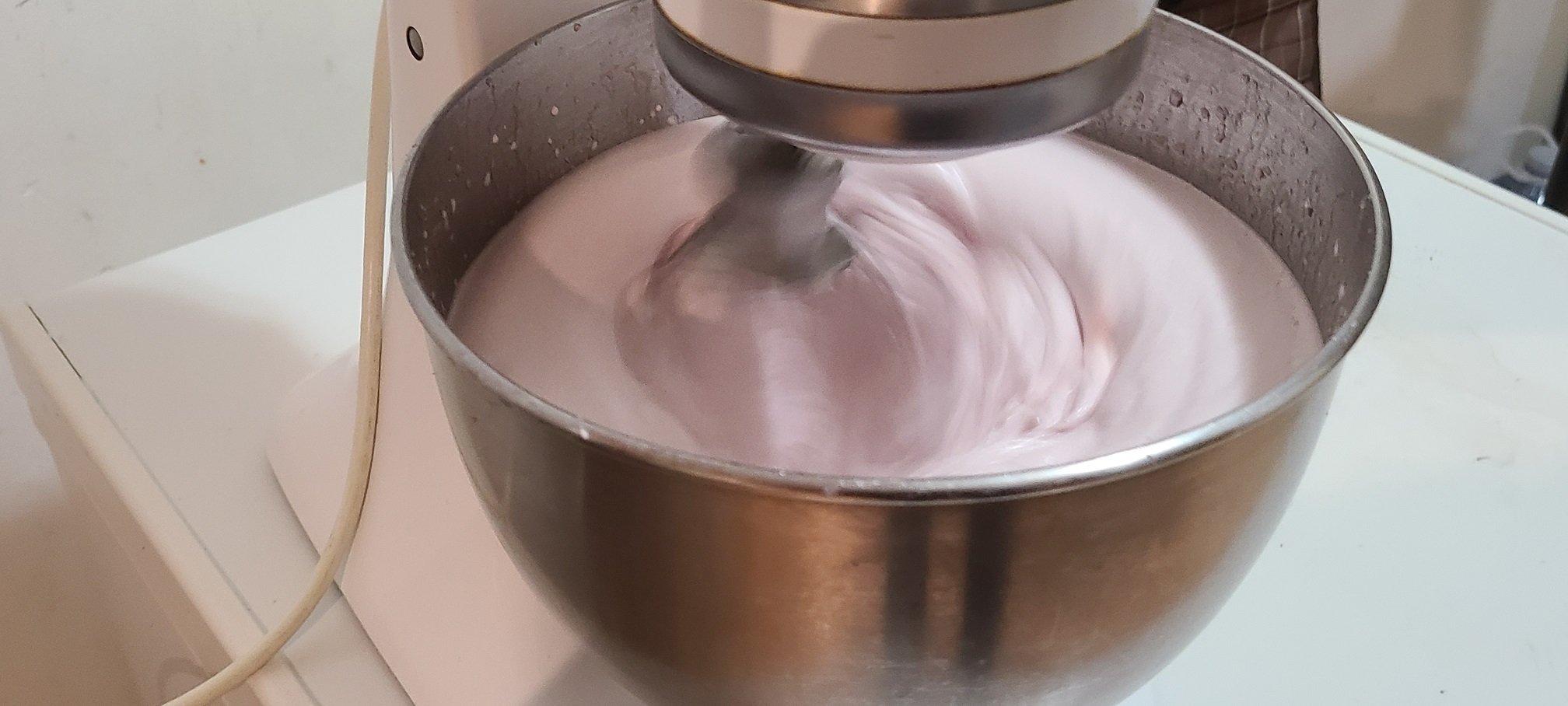
Pour the marshmallow into a non-stick square baking pan that has already been brushed or sprayed with cooking oil and then dusted with corn starch. If you don’t have or don’t want to use a non-stick pan, I strongly advise lining the pan with plastic wrap, parchment paper or tin foil first and then oiling and dusting it.
Set the pan aside and let this cool for 24 hours at best and overnight at a very minimum to set and cure the marshmallows. This is so that they are solid enough to cut. Once the curing period is over, grab some more cornstarch, a baking sheet and a pair of scissors. Sprinkle the top of the pan with cornstarch all over the surface of the marshmallow as well as all over the baking sheet. Don’t be shy and be very liberal with the starch. Trust me, you will be very happy to use a lot of it once you realize just how sticky the finished candy can be.
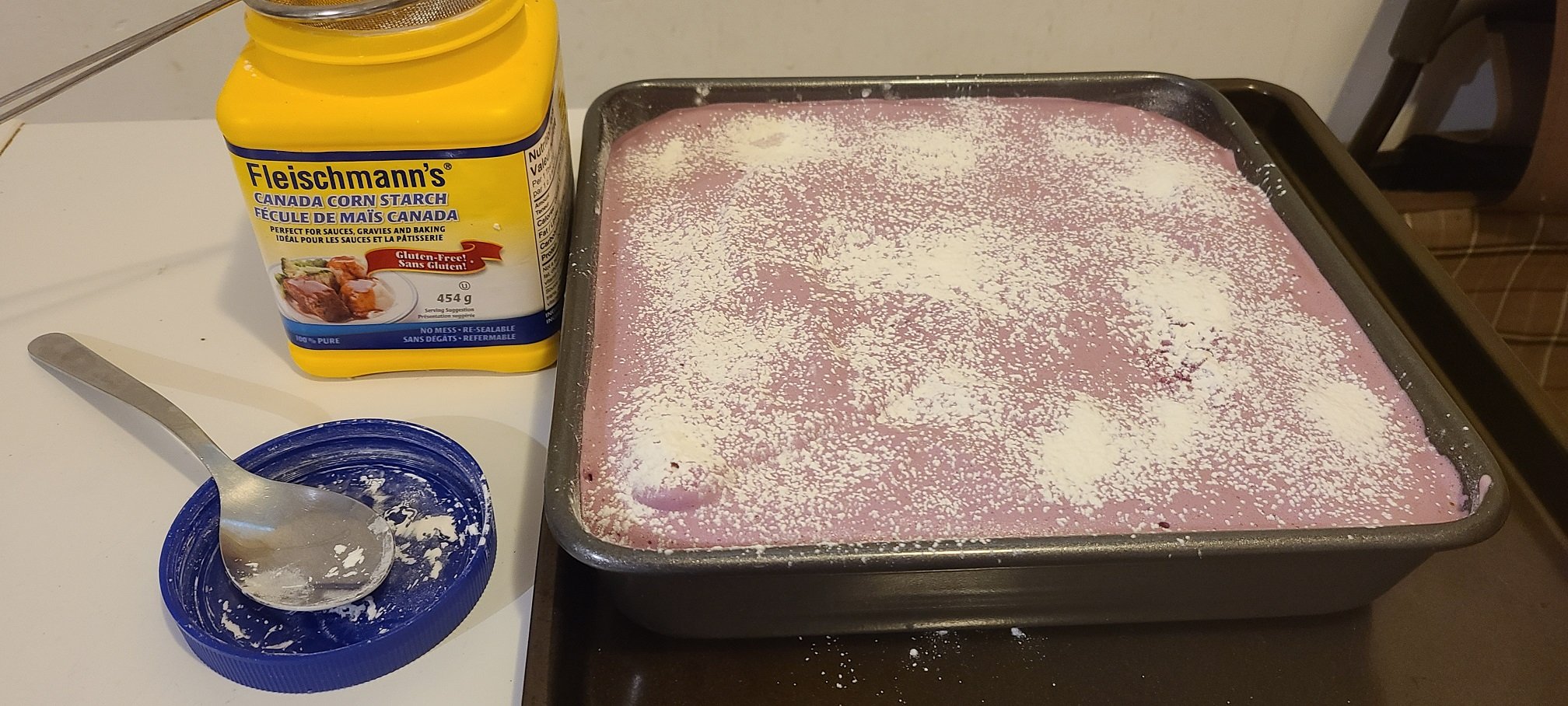
Use a rubber spatula to carefully pull out the marshmallow from the pan and invert it onto the baking sheet. At this stage, it will be extremely sticky all over. Liberally dust with more cornstarch. Dust the scissors and start cutting the marshmallows into strips. Then cut the strips into squares. Dust the cut marshmallows with even more starch and toss them around. You want them coated all over.
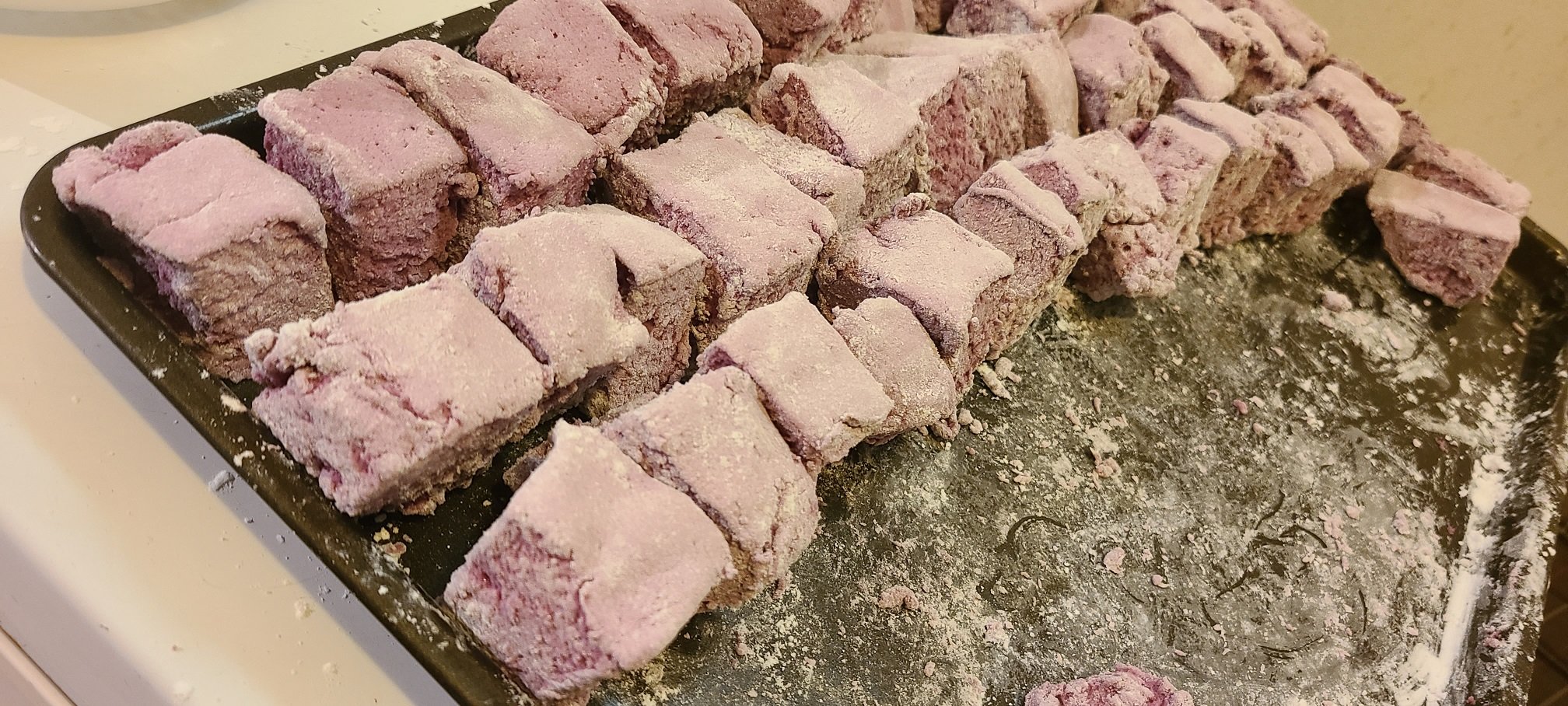
To store, place a layer of parchment paper in an airtight container. Add a layer of marshmallows. Cover with another layer of paper. Repeat until you’ve filled your container. Enjoy your marshmallows.
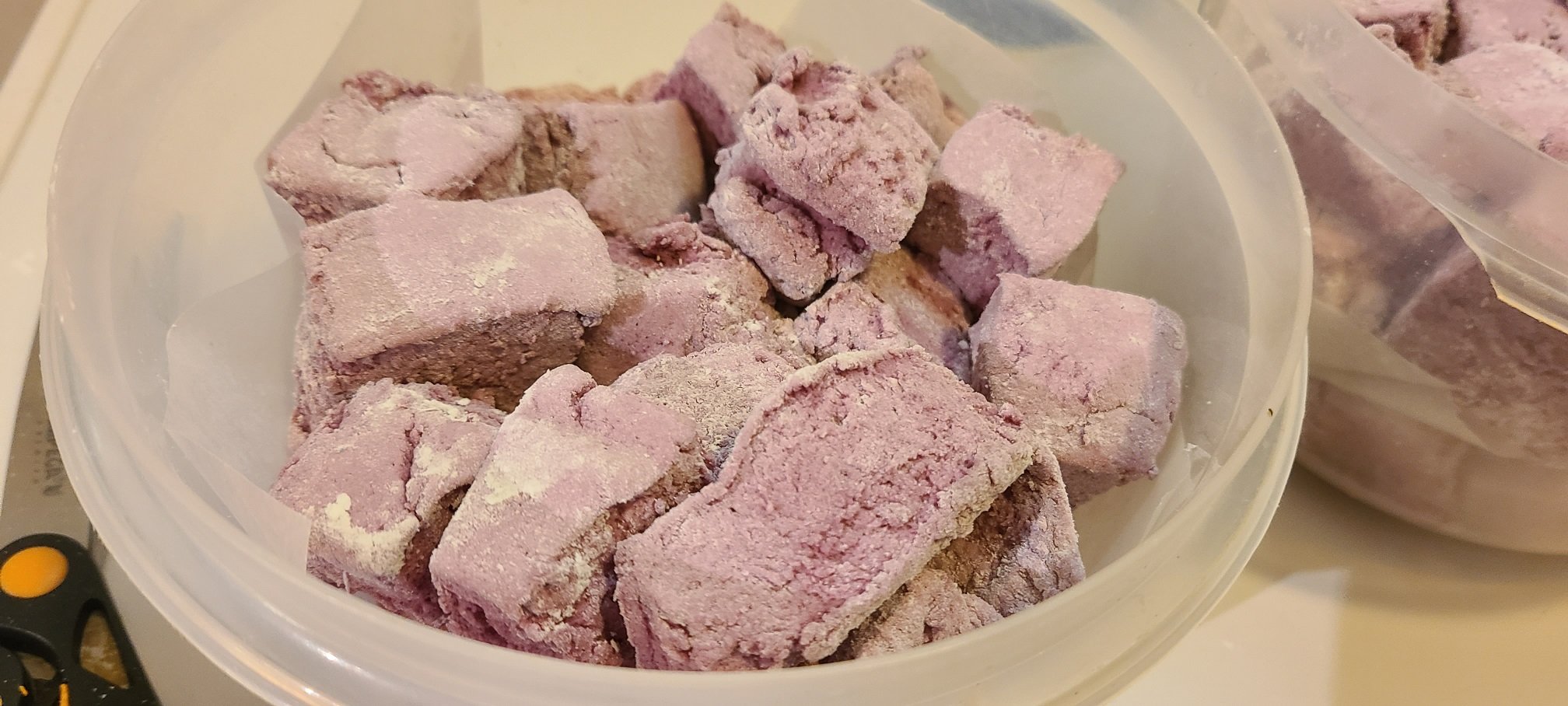
Now for some extra pointers:
- The formula and the process for making marshmallows is actually really easy:1 cup of a liquid invert sugar syrup, 1 cup of a crystallized sugar and 1/2 cup liquid are heated to 238-240 F and then whipped together with 3 envelopes/Tbsp of gelatin that has been bloomed in 3/4 cup liquid, a flavoring extract and 2 egg whites if desired. That’s it. Everything else is just playing with the formula.
- The choice of sweeteners depends entirely on how you like the taste and firmness i.e. the “bite” of your marshmallow. A liquid invert sugar syrup prevents crystallization in the cooked syrup and also gives more firmness to the finished marshmallows. However, it is not strictly necessary. I have made plenty of marshmallows using just crystallized sugar and sugar substitutes without any issue.
- A stronger invert sugar syrup like dark corn syrup, honey, malt syrup, rice syrup, maple syrup, etc. will add their own flavor to the marshmallow which will dominate. If using any of these, you should either not use another flavoring liquid or extract or you should choose ones that are complementary to the strong flavor. For example, I wouldn’t bother using any vanilla extract if I were using maple syrup or honey but I would use apple juice, apple cider, apple wine or Calvados as my liquid component.
- Lighter more neutral flavored sweeteners like light corn syrup, agave syrup, white sugar, organic cane sugar, Stevia and Monkfruit are much better matches for flavored marshmallows. Feel free to mix and match to your delight.
- If using Monkfruit and or Stevia for a healthier marshmallow with less sugar, use the CRYSTALLIZED versions that resemble white sugar. You will find these in health stores or can order them online. Do NOT use the POWDERED type that you find in supermarkets. That type is meant to be dissolved in your drinks and while it can also be baked and cooked with, it is absolutely not suitable at all for candy making.
- Using egg whites gives a much more voluminous marshmallow that is softer, fluffier and slightly less sweet. The egg white version takes much longer to cure and set so it’s also much more ideal to mold or pipe into shapes than the non-egg white version. Be aware you might want a bigger pan due to the increased volume from the egg whites.
- You cannot use pineapple juice when making marshmallows as pineapple has an enzyme that prevents gelatin from setting properly. Any other fruit juice should be fine.
- You can use actual pureed fruit instead of fruit juice as the liquid component, but I have personally found that marshmallows made with fruit puree tend to “bleed” out fruit puree from the finished product after it has been stored a while so I stick to using juices and extracts myself. This said, fresh pureed fruit adds a great flavor to marshmallows so feel free to give it a try.
- If you use alcoholic liqueur or spirit as the liquid, remember that you are adding a great amount more sweetener as well as alcohol to the finished marshmallow which adults will probably love but could be an issue if children are involved. Especially because of the alcohol. Use proper judgement in this case please.
- Although I specifically noted not to use dairy liquid due to the fact that the high temperature of the syrup will curdle it, there is in fact one exception that will work – full fat 35% whipping cream. That’s because it can withstand high cooking temperatures without curdling. This is also why whipping cream is used in fudge, caramel, and hard toffee making as well. Naturally this makes for a very creamy and decadent marshmallow. If you’re going to use whipping cream, I suggest using as both the syrup and blooming liquid and then using an extract for flavoring.
- The flavor of the marshmallow comes from your choice of liquids and extracts. They can be used separately or in combination with each other. The marshmallows pictured in this post are blueberry marshmallows made with bottled pasteurized organic blueberry juice. Flavor combinations I have done that have worked well for marshmallows are: fresh lemon juice; fresh lime juice; fresh orange juice; fresh grapefruit juice; bottled blueberry juice; bottled cherry juice; bottled peach juice; bottled mango juice; bottled passion fruit juice; apple juice; carrot juice; red wine; white wine; icewine; Sauternes; peppermint extract; vanilla extract; using only maple syrup for both cups of sugar; and using only honey for both cups of sugar.
- Marshmallows are actually quite easy to make, but they are also very messy. Be prepared for this. The batter will stick everywhere; you will lose some volume in the mixing bowl that you will not be able to pour out into the pan; you will lose some stuck to the pan when you unmold and cut; your hands and possibly even you and your clothes might also be coated in marshmallow and cornstarch. This is normal. Don worry, it all dissolves and washes out easily with warm water and soap.
- Every recipe you find online always says to coat your marshmallows in a mix of icing sugar and cornstarch instead of raw cornstarch like I always do. I personally find this way too sweet and tips the marshmallows over right into cloying territory. This said, if you find the taste of raw cornstarch too chalky, you should probably blend it with icing sugar to cut that down.
- Don’t have icing sugar on hand? No problem. Blend away a cup of sugar in a blender until it resembles a fine powder. Then mix it with an equal amount of cornstarch. Voila, icing sugar.
